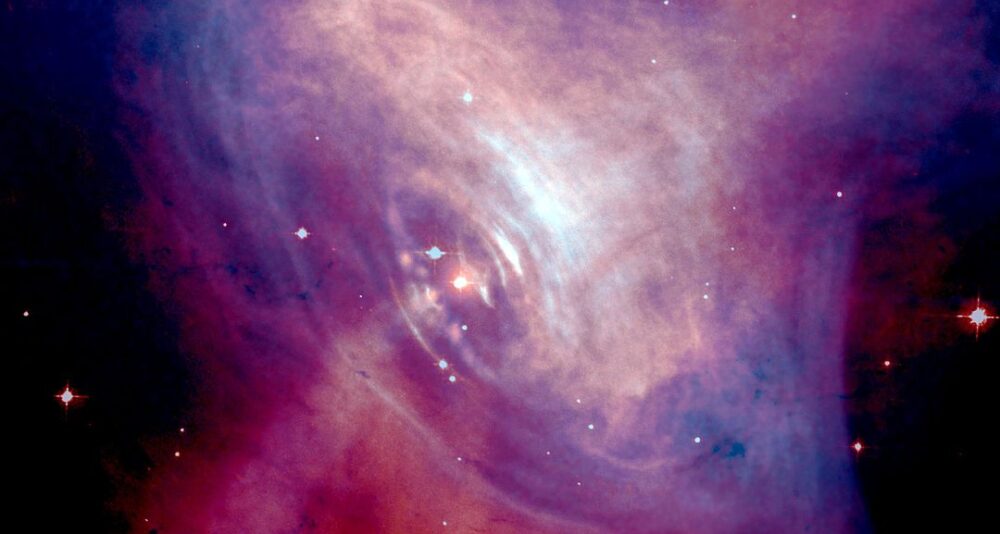First Team Meeting, ISSI Bern, December 9-13, 2019
o We will present the available observations of high-energy and VHE γ-ray emission from pulsars.
o We will discuss what we can learn from them, and what we believe is their origin in the three most studied pulsars, namely Crab, Vela and Geminga. The members of the Team will present their models, and the questions that remain unanswered. External world experts will also be invited to participate and offer their views through tele-conferencing.
o The theoreticians and numerical modelers will clearly state the main assumptions of their models and will acknowledge their limitations. One task of the First Meeting will be to compare and evaluate them, to state clearly where they agree/disagree, and to quantify their limitations.
o We will combine the expertise of the various international groups and will work together to reach a consensus on how we can proceed beyond the current state-of-the-art. We will discuss the current and future limitations of computational power. We may decide to invest further in ‘alternative’ numerical techniques (e.g. spectral methods). The most promising approach seems to be the design and development of new ‘hybrid numerical simulations’ that will combine global ideal simulations with detailed localized particle simulations over the regions suspect for particle acceleration and VHE emission. The Team will produce recommendations for implementation.
o One final task will be to agree on which observations will allow us to differentiate between the possible VHE emission mechanisms and emission sites proposed by existing and future models.
